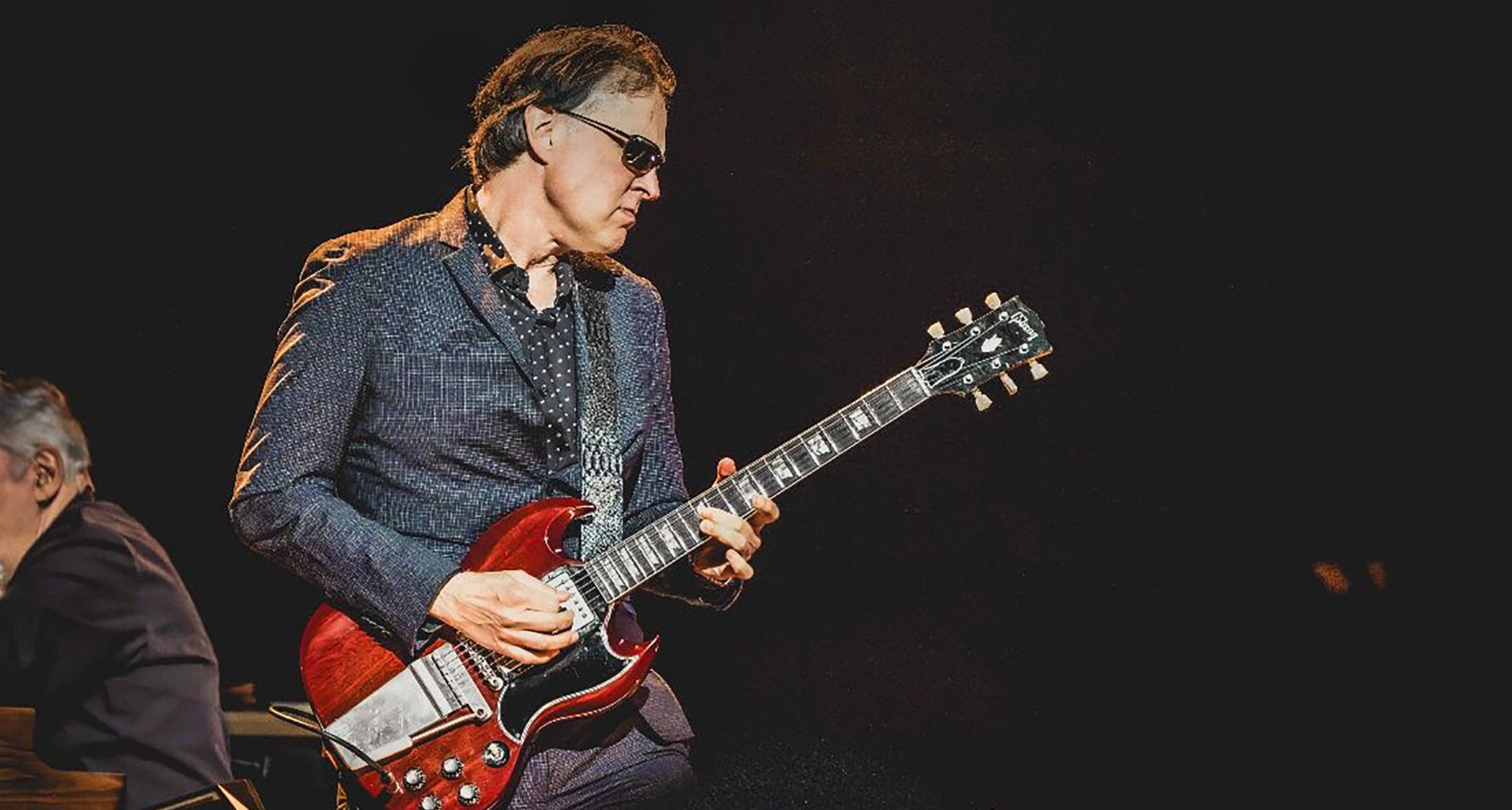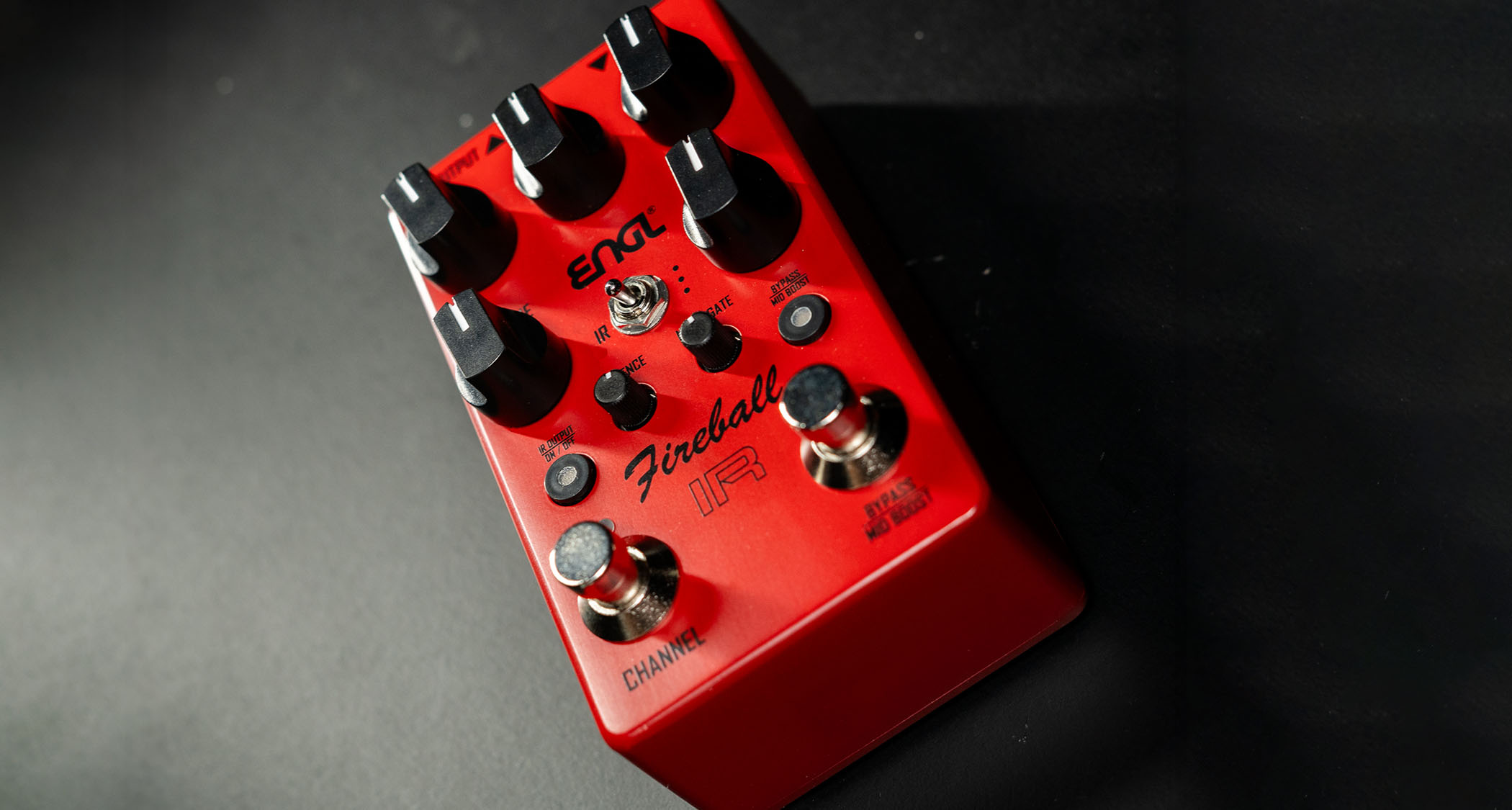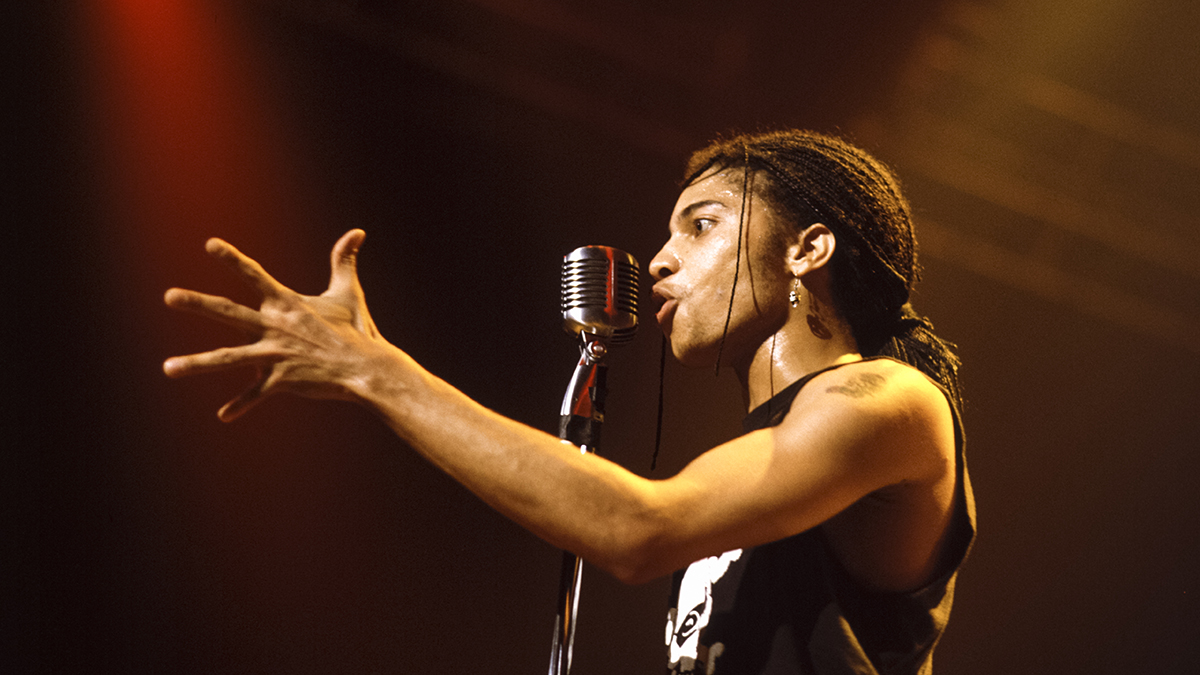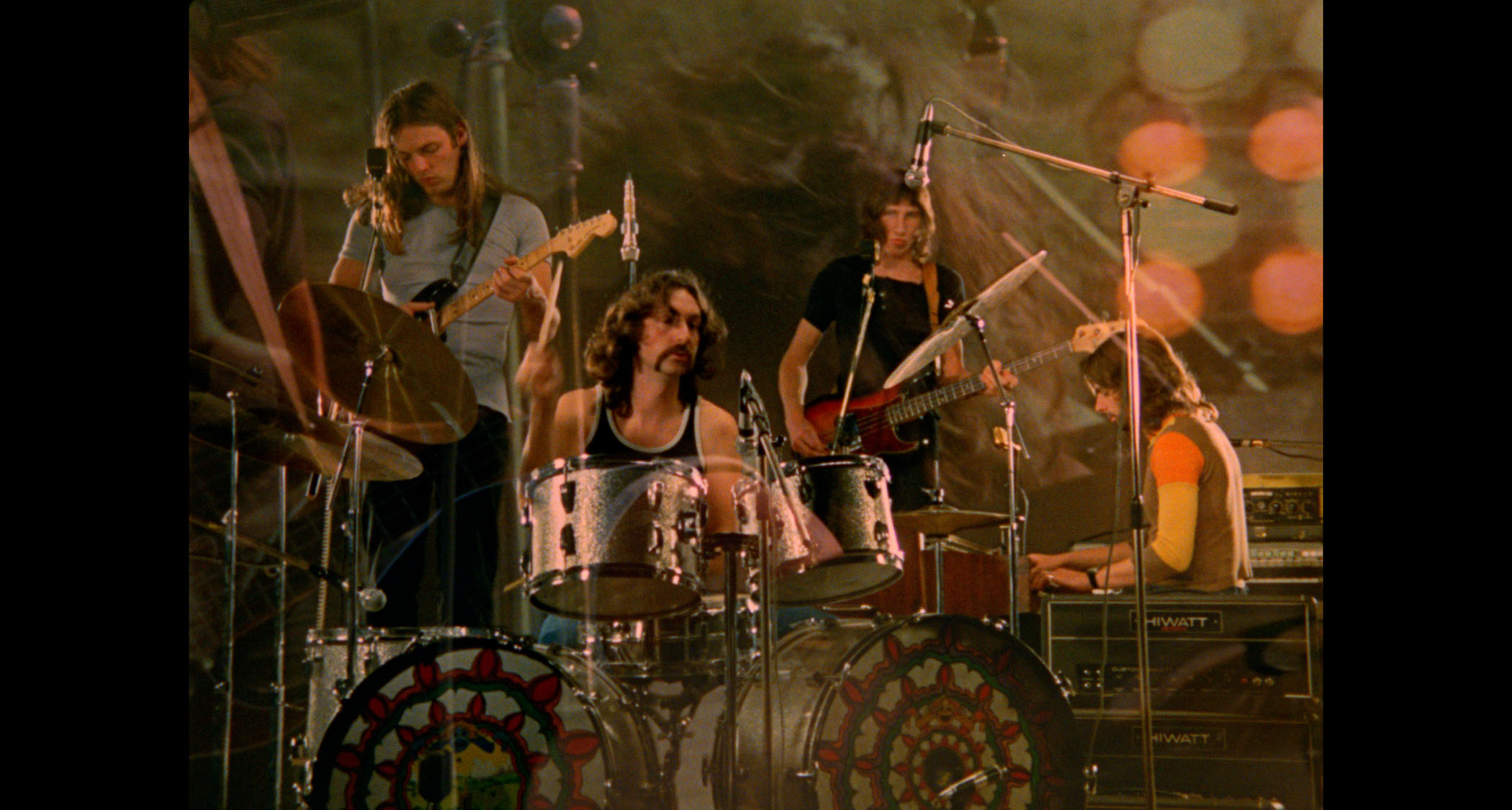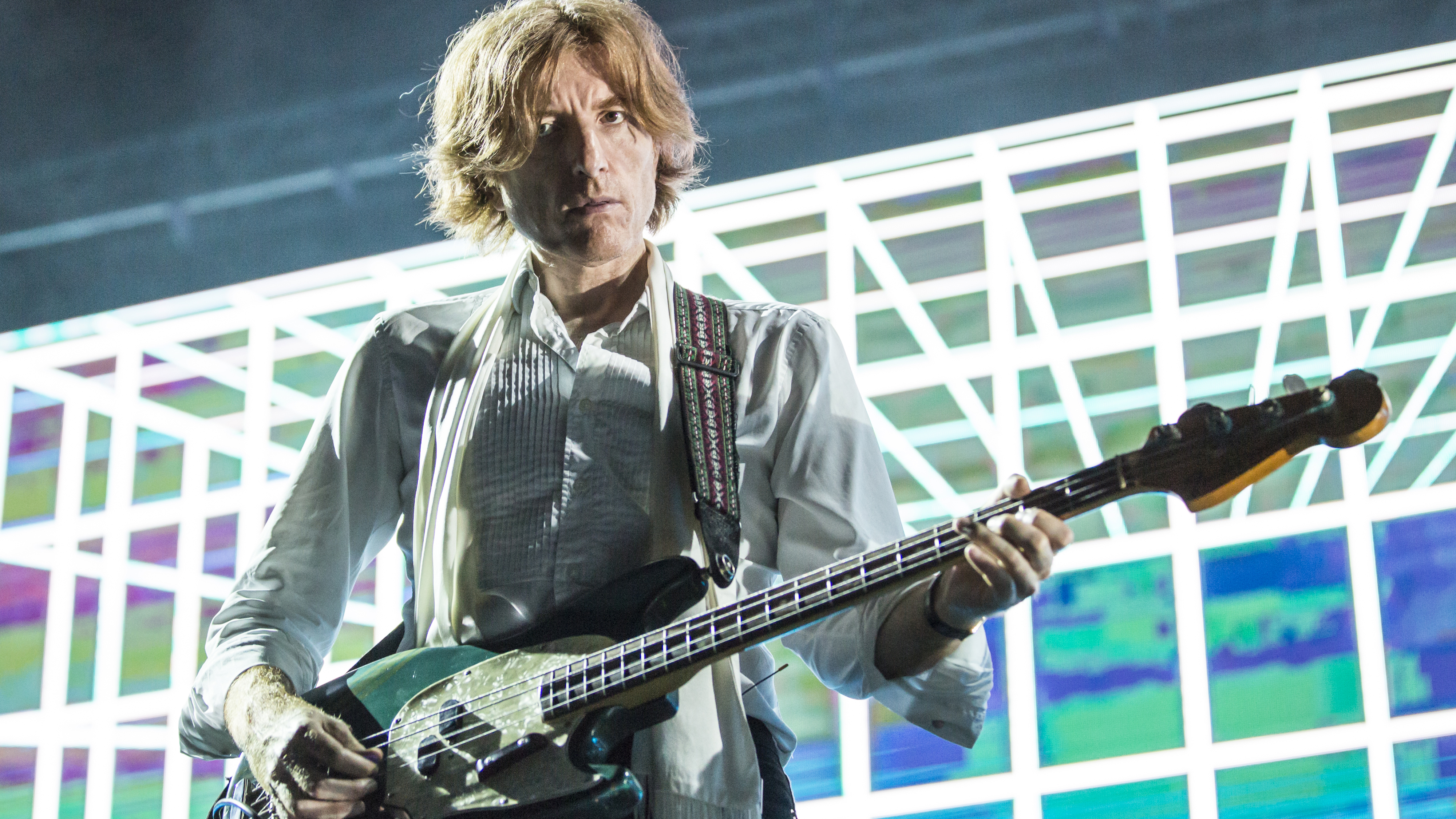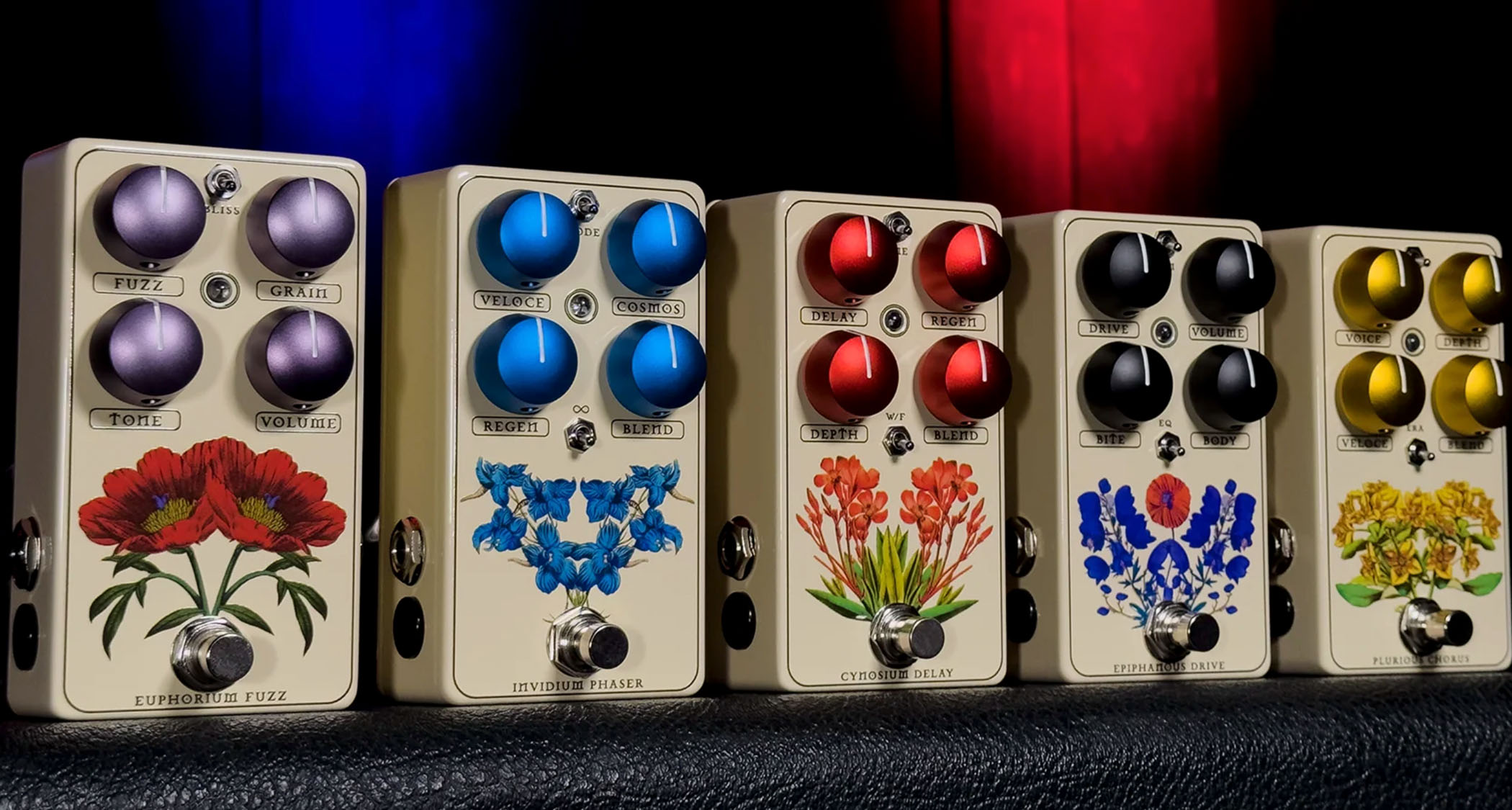“Everything is hard on guitar” – Matteo Mancuso explains why guitar is one of the hardest instruments to learn
The Italian fingerstyle virtuoso makes it all look so easy, but take heart, he too has suffered, and he has some practice advice to share with us all

There are few things more rewarding than learning to play the guitar. The satisfaction from successfully playing our first guitar chords, and then putting a few of them together, is hard to beat. And once you learn three, you are off to the races. The songs come next.
It doesn’t come easy though. Strings are tough on beginner fingers, particularly acoustic guitar strings, and especially when encountering barre chords. That first F major chord is like scaling Everest. But push on past and it’s worth it. Also, maybe it isn’t supposed to be easy.
Matteo Mancuso is one of the most exciting players on the planet right now. The Italian virtuoso is a generational talent, having blown the minds of the greats – Steve Vai, Tommy Emmanuel, Joe Bonamassa, Tosin Abasi, the list goes on – and his debut album, The Journey, out 21 July, is a jaw-dropping work of instrumental guitar. But even Mancuso recognises the pain.
Speaking to MusicRadar, ahead of his album’s release, he argues that the guitar is one of the most difficult instruments to master.
You have to concentrate – on technique, on dynamics, the touch, the tone. Everything is hard on guitar
“It is a really hard instrument to learn. I don’t want to lie, but I spend a lot of time on my instrument. I spend a ridiculous amount of time on my instrument because in order to play like that, and also in order to maintain that level, you have play every day,” he says. “You have to concentrate – on technique, on dynamics, the touch, the tone. Everything is hard on guitar.
“I think it is one of the hardest instruments to learn. You have to achieve that kind of level where you are free on the guitar, where you can really visualise the neck in a really good way. And that takes time. It takes a lot of time.”
Mancuso started playing aged 10. The likes of Angus Young and Jimi Hendrix lit the fuse. His father, Vincenzo, is a formidable player – and producer – too and encouraged him. By 12 he was playing onstage. By 14, he had turned to classical guitar.
Get the MusicRadar Newsletter
Want all the hottest music and gear news, reviews, deals, features and more, direct to your inbox? Sign up here.
That’s when things got really painful, when more complex chord voicings and techniques, and the classical guitar fights back. Okay, the nylon-strings are kinder to the fingertips but those flatter-radius ‘boards ask a lot of young fingers with designs on playing a barre chord. A little pain is not necessarily a bad thing, says Mancuso. Just so long as we don’t push it and get tendonitis, a little pain lets us know we’re developing as players.
“The thing with classical guitar is that you need to have a really strong left hand because you do a lot of barre chords,” says Mancuso. “You do a lot of polyphonic stuff rather than the electric guitar, which is more focused on the solo. That’s when the pain is really strong! Because first of all you have to build these muscles, both on the left and the right hands.
“But when you build your muscles, and when the muscle memory kicks in, you become really good, and that is the sort of thing where sometimes we guitar players search for this pain because when there is this pain it means that we are improving in a way. It is a really sadistic thing sometimes.”
Practice is essential but you don’t need to be regimented about it. Mancuso doesn’t stick to a set routine. Whether you play all day or just for an hour at lunch, it doesn’t matter. The key is to be consistent, to play everyday, and learning songs is the best practice you can get.
“I don’t have a really rigid practice routine, like arpeggios for 30 minutes then scales for one hour!” he says. “I just grab the guitar and play what excites me most in that moment. First of all, I always try to learn songs, because for me repertoire is a very important thing, and when you learn songs you learn a lot. Musically speaking, the three most important things are rhythm, melody and harmony. You can learn these three things when you are learning a song.
Musically speaking, the three most important things are rhythm, melody and harmony. You can learn these three things when you are learning a song
“That’s what I try to do everyday. I try to learn repertoire. I try to work on my solos, of course. I try to work on my technique. But I like to work on these together. I don’t like to work only on my technique, or only on my legato, or on my timing. I like to work on these together, and that’s how my practice works. I try to play at least two, three hours. Sometimes I play more. Sometimes I play less. But I try to play everyday because consistency is the key.”
And there is no better time to start than now. With just a few easy chords, and a guitar capo to help you on your way, check out our lesson in 10 essential songs for every beginner guitar to play.
The full interview with Matteo Mancuso is coming soon to MusicRadar. The Journey is available to preorder now via Mascot/The Players Club.
Jonathan Horsley has been writing about guitars and guitar culture since 2005, playing them since 1990, and regularly contributes to MusicRadar, Total Guitar and Guitar World. He uses Jazz III nylon picks, 10s during the week, 9s at the weekend, and shamefully still struggles with rhythm figure one of Van Halen’s Panama.
"There had to be some sort of telepathy going on because I've never seen spontaneous inspiration happen at that level”: The genius of Eric Clapton's controversial masterpiece, Layla
“The most musical, unique and dynamic distortion effects I’ve ever used”: Linkin Park reveal the secret weapon behind their From Zero guitar tone – and it was designed by former Poison guitarist Blues Saraceno’s dad

